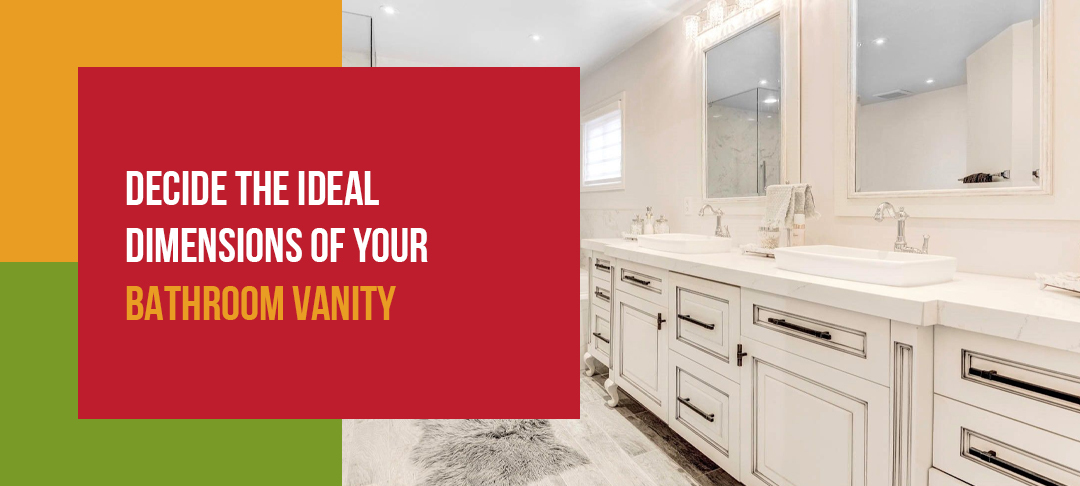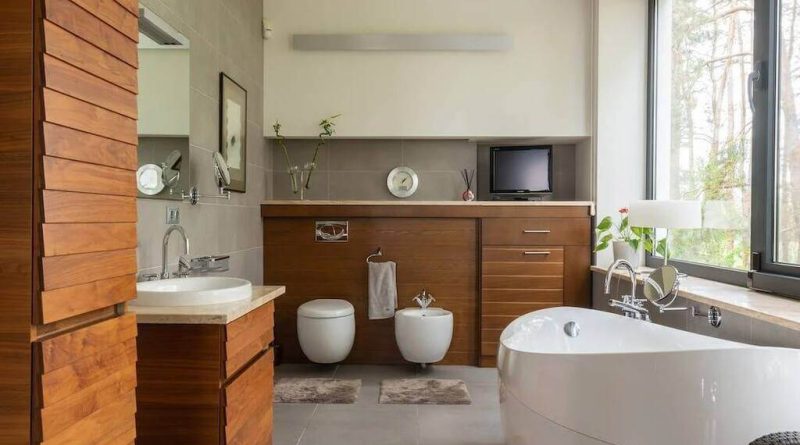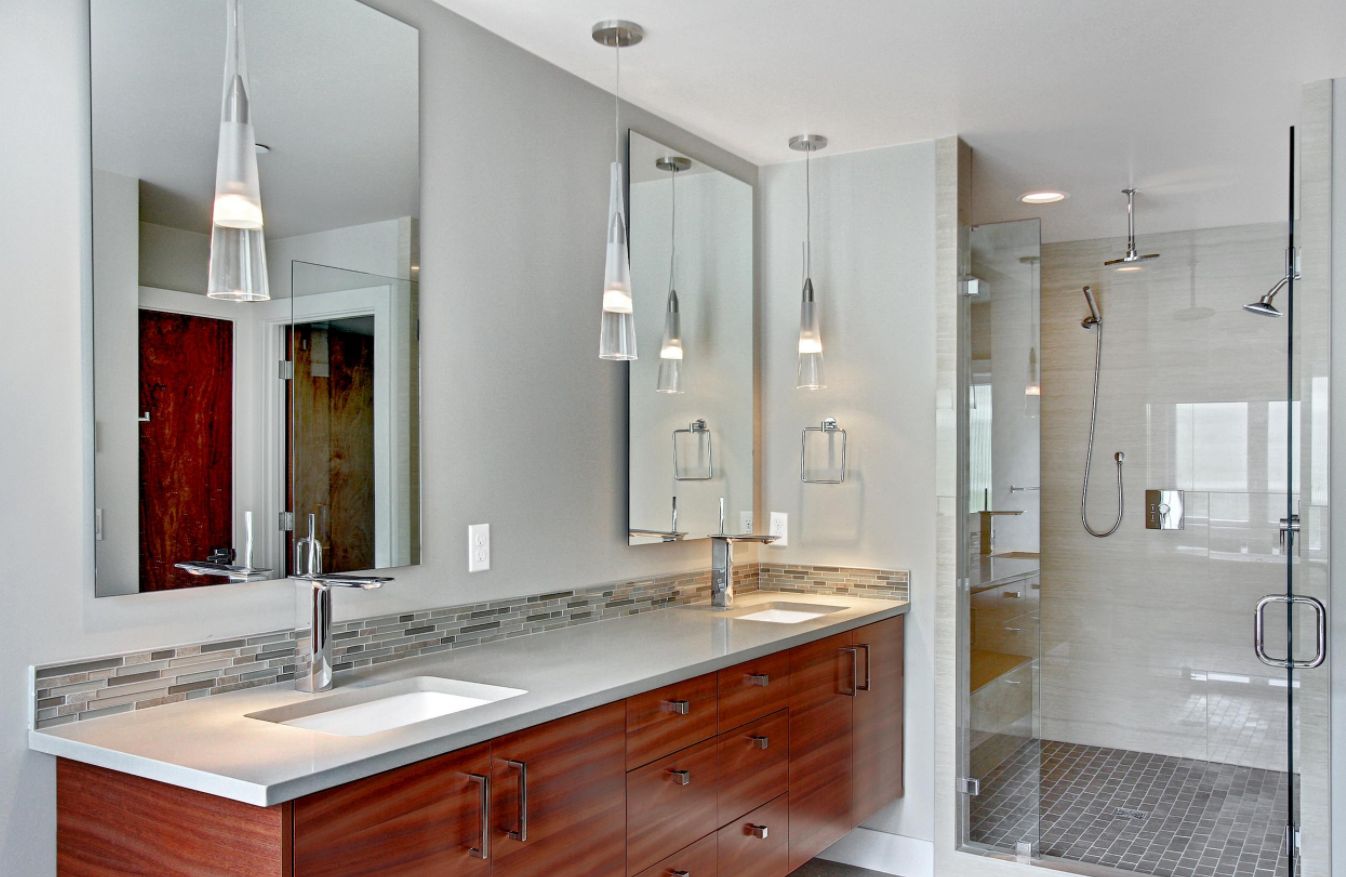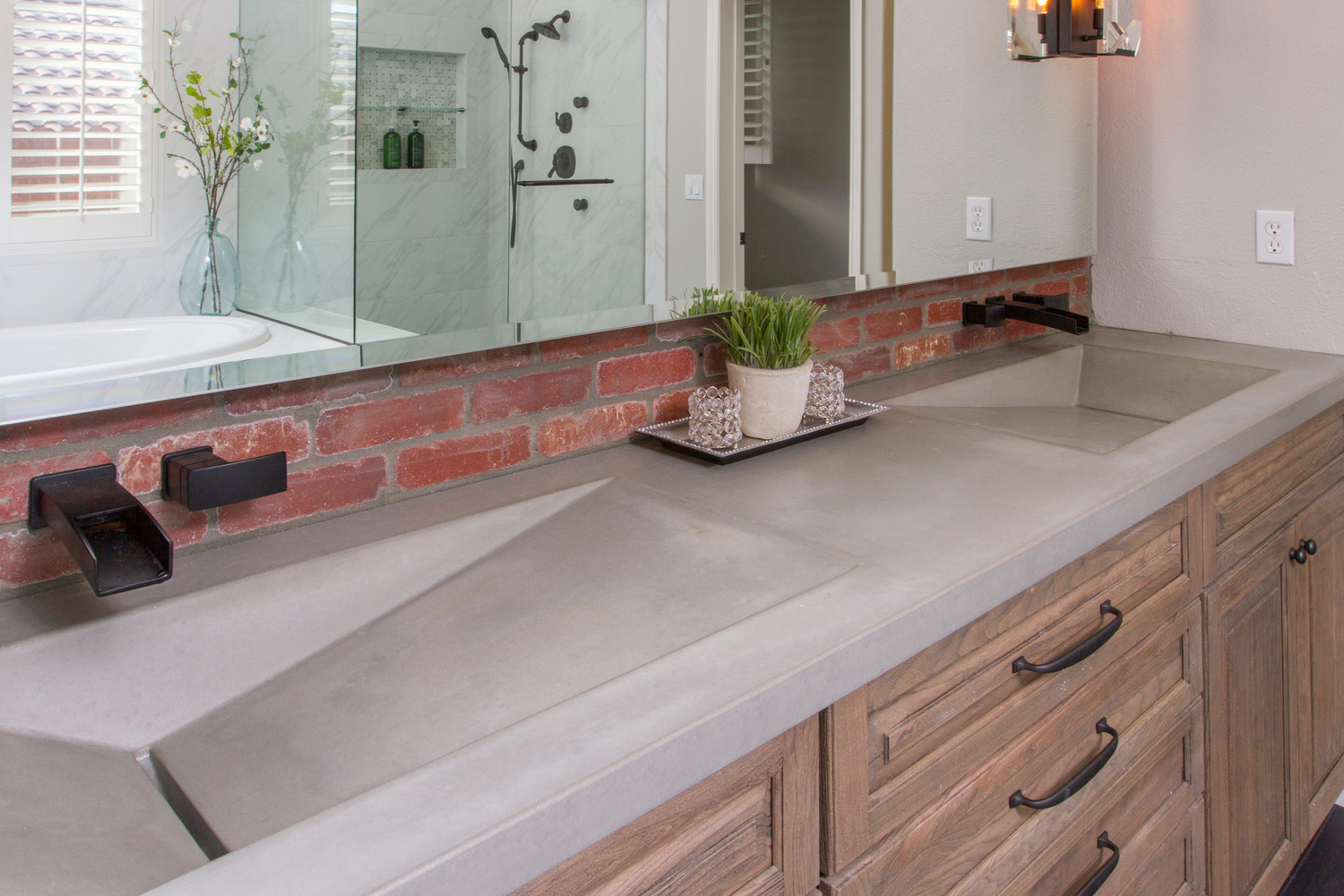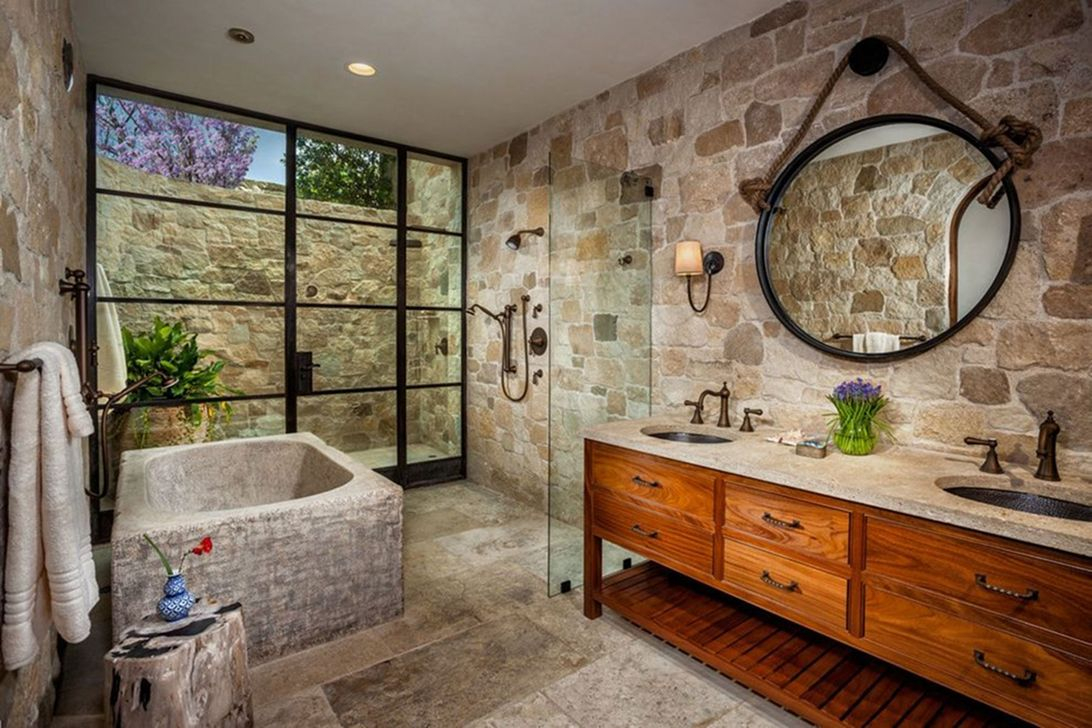When it comes to designing your bathroom, one of the key elements that can make or break the overall look and functionality of the space is the vanity. And while choosing the right vanity is important, many homeowners often overlook the need for a backsplash. But do bathroom vanities really need a backsplash? Let's explore this question further. Bathroom Vanity Backsplash: Do You Need One?
Before we get into whether or not a backsplash is necessary for your bathroom vanity, let's weigh the pros and cons of installing one. On the positive side, a backsplash can add a decorative element to your vanity and protect the wall behind it from water damage. It can also make cleaning easier, as any splashes or spills can be wiped off the backsplash rather than the wall. However, a backsplash can also be a hassle to install and may not be necessary if your vanity is not near a water source. It also adds an extra expense to your bathroom renovation budget. The Pros and Cons of Installing a Backsplash on Your Bathroom Vanity
If you've decided that a backsplash is necessary for your bathroom vanity, the next step is to choose the right one. The first thing to consider is the style of your bathroom. Is it modern or traditional? This will help determine the material and design of the backsplash. For a modern bathroom, a sleek and simple backsplash made of glass or tile would be a great choice. For a traditional bathroom, a backsplash made of marble or subway tiles would complement the design. It's also important to choose a backsplash that complements your vanity and other elements in the bathroom, such as the flooring and shower tiles. How to Choose the Right Backsplash for Your Bathroom Vanity
While a backsplash may seem like a small and insignificant detail, it actually plays a crucial role in protecting your bathroom walls from water damage. Without a backsplash, water can seep into the drywall or wallpaper, causing it to warp or grow mold. This can lead to costly repairs in the future. Additionally, a backsplash can also add a touch of style and personality to your bathroom, making it a more enjoyable space to spend time in. The Importance of a Backsplash for Your Bathroom Vanity
Aside from the practical benefits of protecting your walls, there are many other reasons why you should consider installing a backsplash on your bathroom vanity. For one, it can add value to your home. If you ever decide to sell, a well-designed and functional bathroom can be a major selling point. Additionally, a backsplash can make cleaning your bathroom easier, as any splashes or spills can be wiped off the backsplash rather than the wall. It can also be a great way to add a pop of color or texture to your bathroom, making it more visually appealing. Top Reasons Why You Should Install a Backsplash on Your Bathroom Vanity
If you've decided to install a backsplash on your bathroom vanity, you may be wondering how to go about it. The process can be quite simple if you have some basic DIY skills. You'll first need to measure the area where you want to install the backsplash and purchase the appropriate amount of materials. Then, you'll need to prepare the wall by cleaning it and applying an adhesive. Next, you'll carefully place the backsplash tiles or panels, making sure they are level and evenly spaced. Finally, you'll need to grout and seal the backsplash to ensure it is water-resistant. How to Install a Backsplash on Your Bathroom Vanity
When it comes to materials for your bathroom vanity backsplash, there are many options to choose from. Some popular choices include ceramic or porcelain tiles, glass tiles, natural stone, and even metal. Each material has its own unique look and benefits. For example, ceramic tiles are easy to clean and come in a variety of colors and patterns. Glass tiles can add a touch of modern elegance to your bathroom. Natural stone, such as marble or granite, can add a luxurious and timeless feel. Ultimately, the best material for your bathroom vanity backsplash will depend on your personal style and budget. The Best Materials for a Bathroom Vanity Backsplash
If you're a handy person, you may be tempted to install your bathroom vanity backsplash yourself. However, it's important to consider whether or not this is the best option for you. While DIY can save you money, it can also be time-consuming and may not result in a professional-looking finish. On the other hand, hiring a professional can ensure that the backsplash is installed correctly and efficiently. They also have the expertise to deal with any unexpected issues that may arise during the installation process. DIY vs Professional Installation: Which is Better for Your Bathroom Vanity Backsplash?
To keep your bathroom vanity backsplash looking clean and new, it's important to regularly clean and maintain it. This can be done by wiping down the backsplash with a mild cleaner and a soft cloth. Avoid using harsh chemicals or abrasive tools, as they can damage the backsplash. It's also a good idea to regularly check for any cracks or damage and repair them immediately to prevent further issues. How to Clean and Maintain Your Bathroom Vanity Backsplash
If you want to add a unique and personal touch to your bathroom vanity backsplash, there are many creative ideas to consider. You could use a mix of different materials, such as combining glass and stone tiles for a modern and eclectic look. You could also use a bold and colorful patterned tile to make a statement. Another option is to use a mirror as a backsplash, which can make a small bathroom appear larger. The possibilities are endless, so have fun and get creative! Creative Ideas for a Unique Bathroom Vanity Backsplash
The Benefits of Having a Backsplash for Your Bathroom Vanity
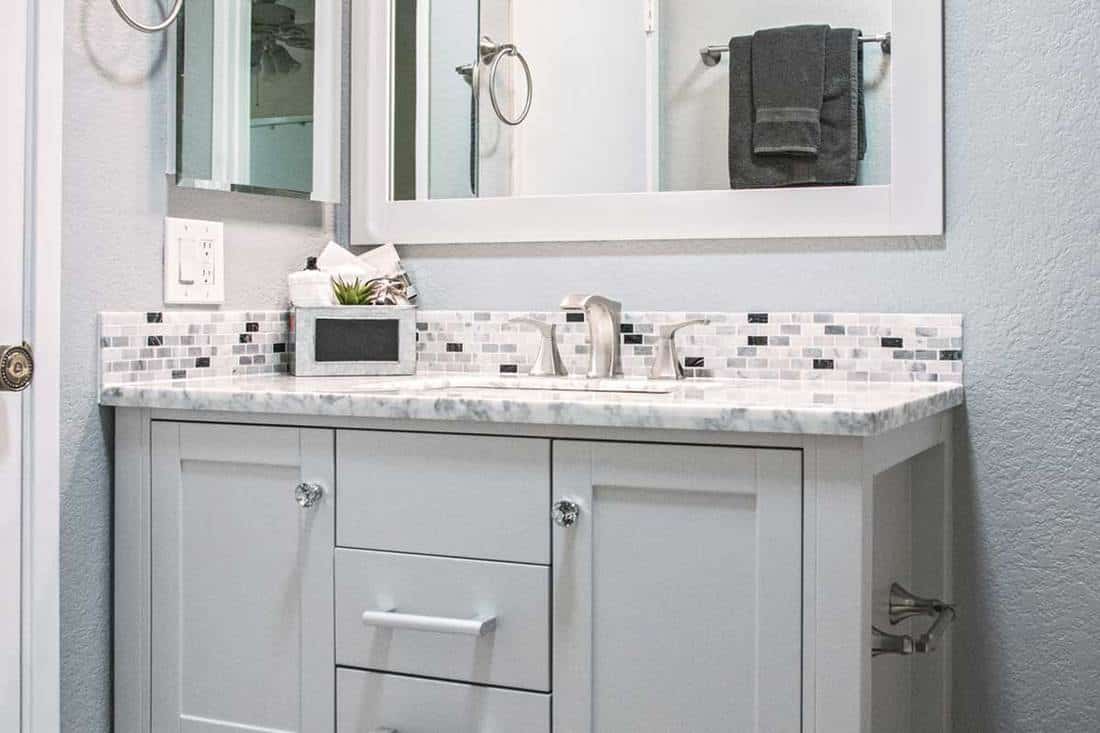
Protects Your Walls
 One of the main reasons why
bathroom vanity
needs a backsplash is to protect your walls. The constant exposure to water, soap, and other bathroom products can cause damage to your walls over time, leading to mold, mildew, and peeling paint. With a backsplash, you can easily wipe down any spills or splashes, preventing water from seeping into your walls and causing damage.
One of the main reasons why
bathroom vanity
needs a backsplash is to protect your walls. The constant exposure to water, soap, and other bathroom products can cause damage to your walls over time, leading to mold, mildew, and peeling paint. With a backsplash, you can easily wipe down any spills or splashes, preventing water from seeping into your walls and causing damage.
Easy to Clean
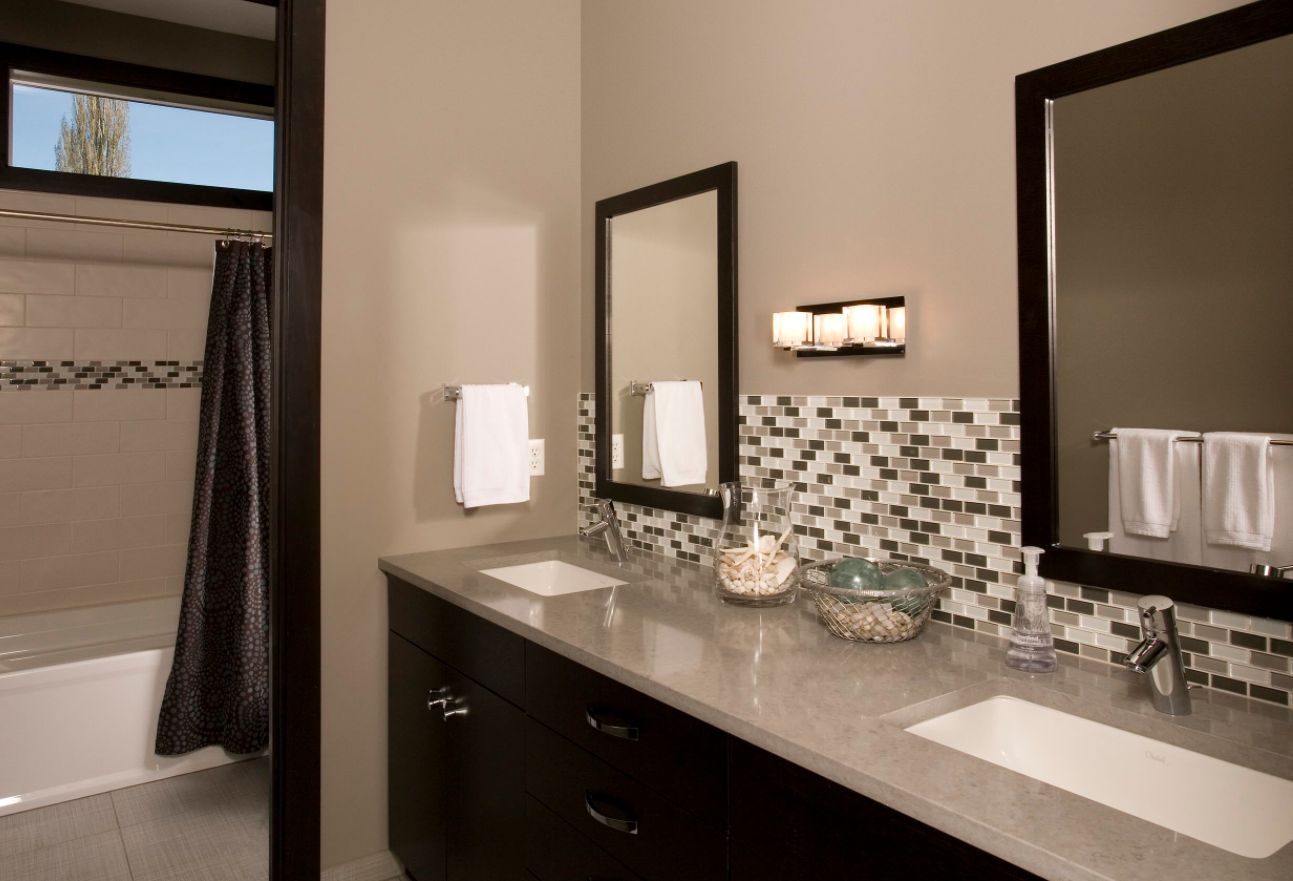 Having a backsplash for your bathroom vanity also makes cleaning much easier. Without a backsplash, any spills or splashes on your walls can be difficult to clean, especially if you have painted or textured walls. A backsplash provides a smooth and easy-to-clean surface, making it simple to wipe away any mess or buildup.
Having a backsplash for your bathroom vanity also makes cleaning much easier. Without a backsplash, any spills or splashes on your walls can be difficult to clean, especially if you have painted or textured walls. A backsplash provides a smooth and easy-to-clean surface, making it simple to wipe away any mess or buildup.
Enhances the Aesthetics
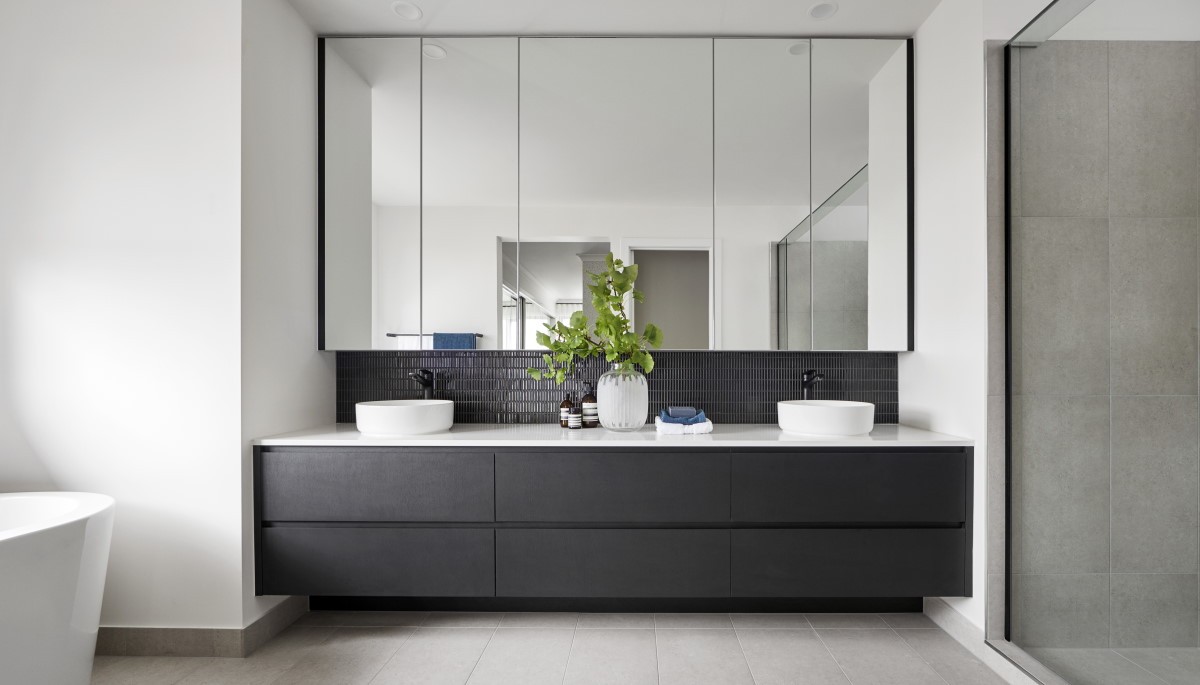 Not only does a backsplash serve a functional purpose, but it also adds to the overall aesthetic of your bathroom.
Backsplashes
come in a variety of materials, colors, and designs, allowing you to customize and enhance the look of your bathroom vanity. Whether you want a modern and sleek look or a more traditional and elegant feel, there is a backsplash that can complement your design style.
Not only does a backsplash serve a functional purpose, but it also adds to the overall aesthetic of your bathroom.
Backsplashes
come in a variety of materials, colors, and designs, allowing you to customize and enhance the look of your bathroom vanity. Whether you want a modern and sleek look or a more traditional and elegant feel, there is a backsplash that can complement your design style.
Increases Property Value
 Investing in a backsplash for your bathroom vanity can also increase the value of your property. In today's real estate market, potential buyers are looking for homes that are not only functional but also visually appealing. By adding a backsplash, you are upgrading your bathroom and making it more attractive to potential buyers, which can increase the overall value of your home.
Investing in a backsplash for your bathroom vanity can also increase the value of your property. In today's real estate market, potential buyers are looking for homes that are not only functional but also visually appealing. By adding a backsplash, you are upgrading your bathroom and making it more attractive to potential buyers, which can increase the overall value of your home.
Provides Additional Storage Space
 Some backsplashes come with built-in shelves or racks, providing additional storage space for your bathroom essentials. This is especially useful for smaller bathrooms that may have limited space for storage. You can use these shelves to display decorative items or to keep your frequently used items easily accessible.
In conclusion, having a backsplash for your bathroom vanity is not only a functional choice but also a design choice that can enhance the overall look and value of your home. It provides protection for your walls, makes cleaning easier, and adds to the aesthetics of your bathroom. Consider investing in a backsplash for your bathroom vanity and reap the benefits it has to offer.
Some backsplashes come with built-in shelves or racks, providing additional storage space for your bathroom essentials. This is especially useful for smaller bathrooms that may have limited space for storage. You can use these shelves to display decorative items or to keep your frequently used items easily accessible.
In conclusion, having a backsplash for your bathroom vanity is not only a functional choice but also a design choice that can enhance the overall look and value of your home. It provides protection for your walls, makes cleaning easier, and adds to the aesthetics of your bathroom. Consider investing in a backsplash for your bathroom vanity and reap the benefits it has to offer.



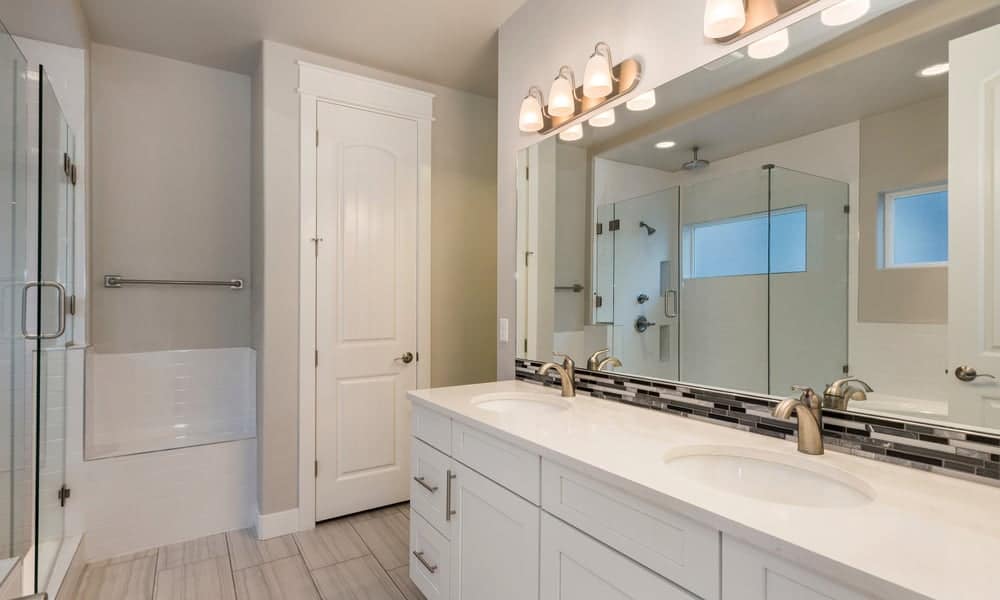
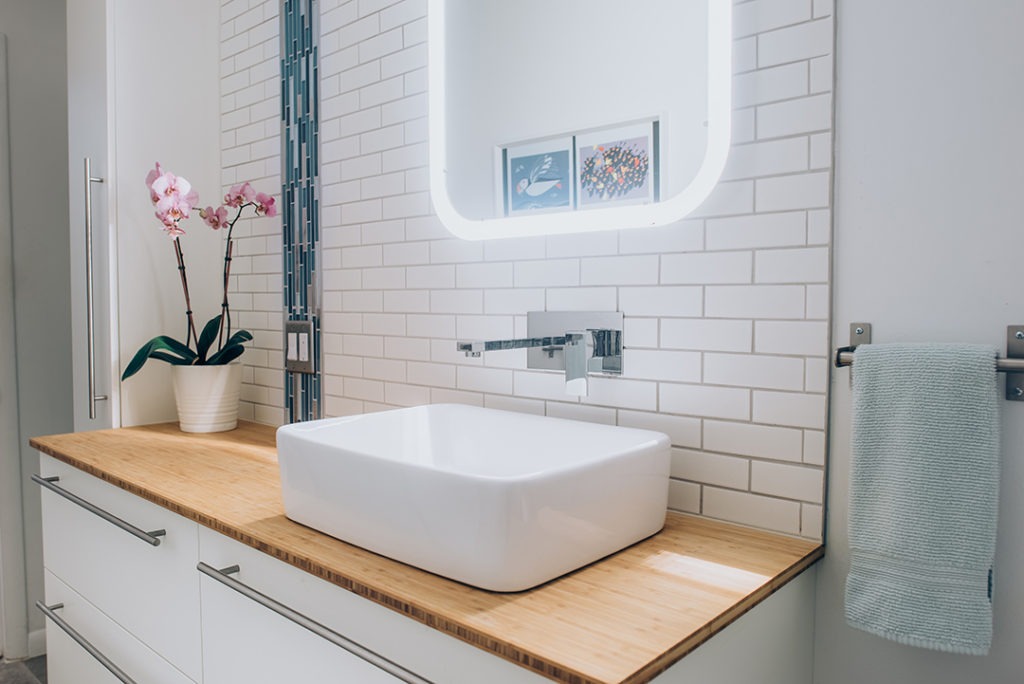





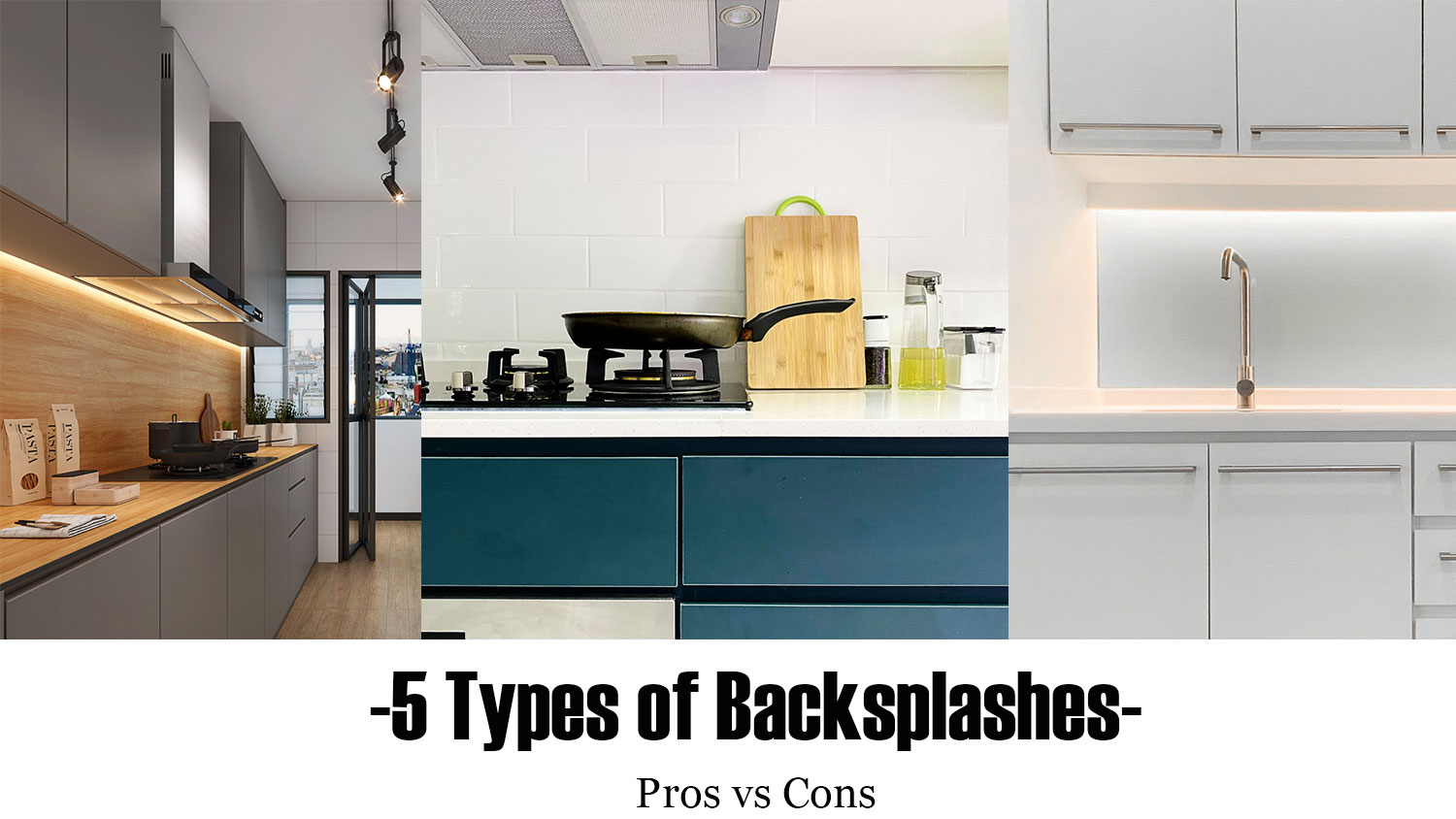


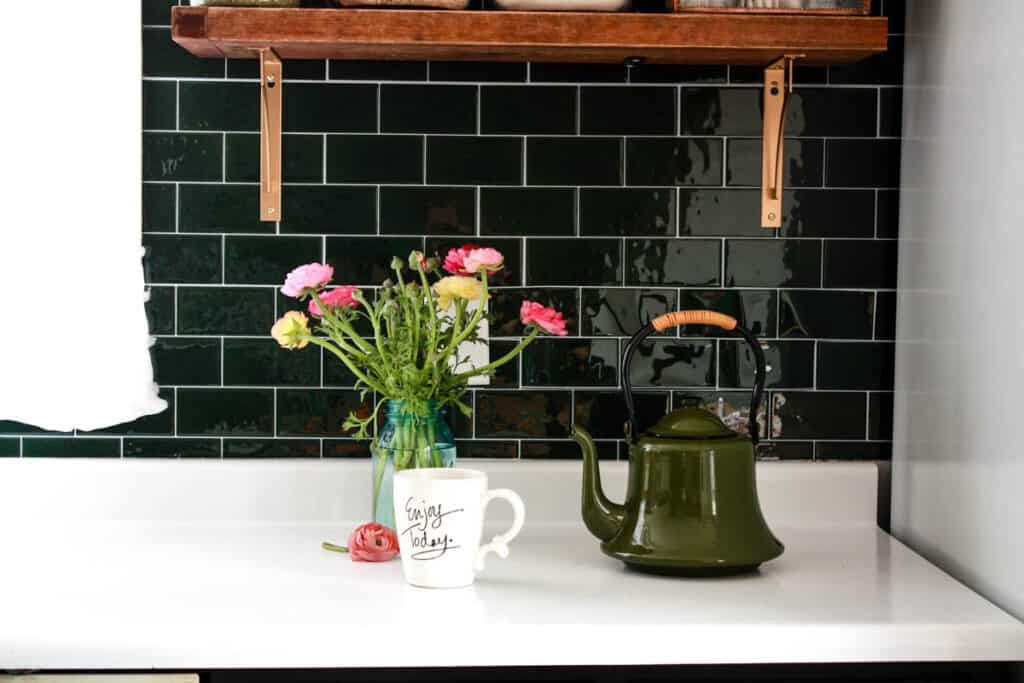
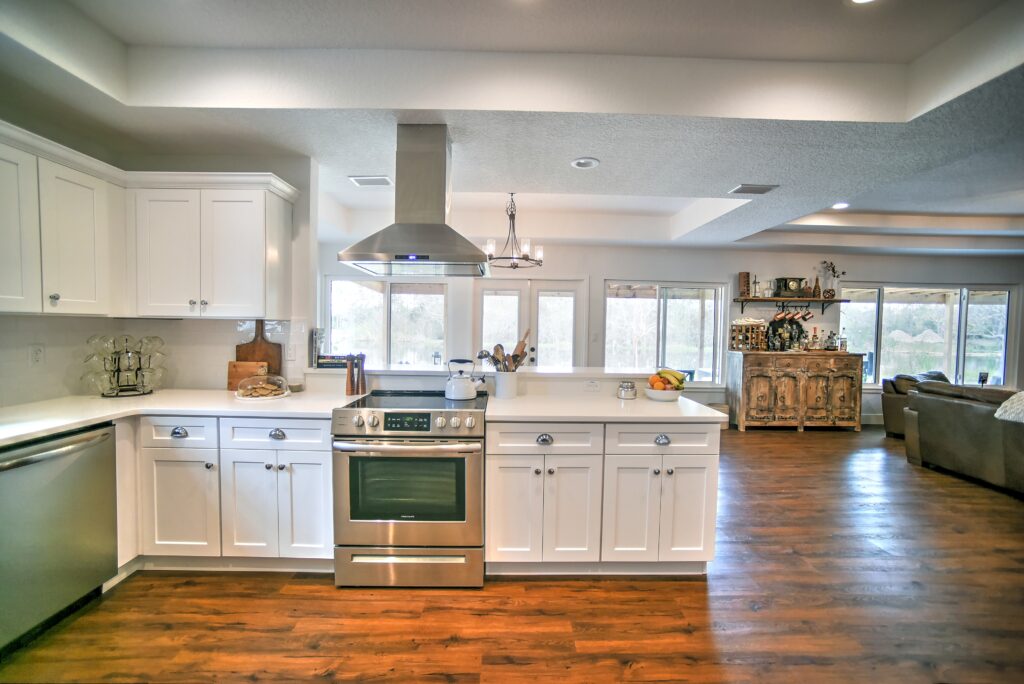

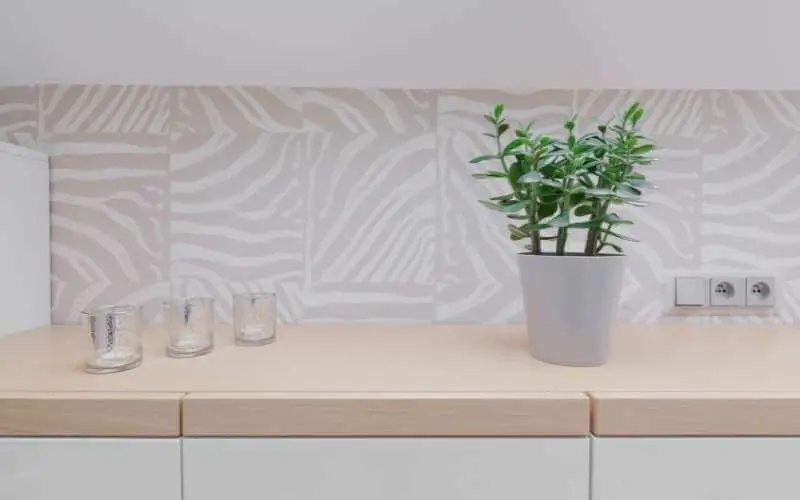

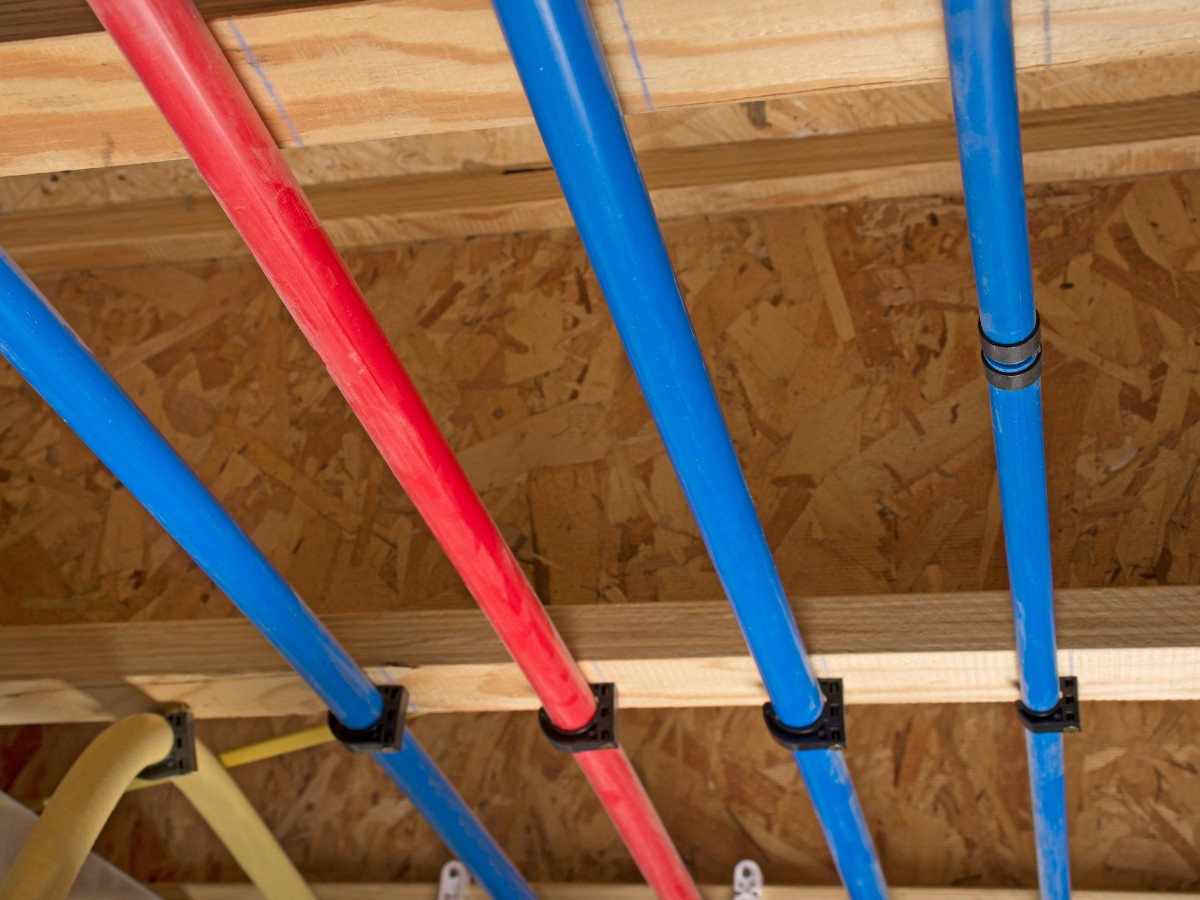
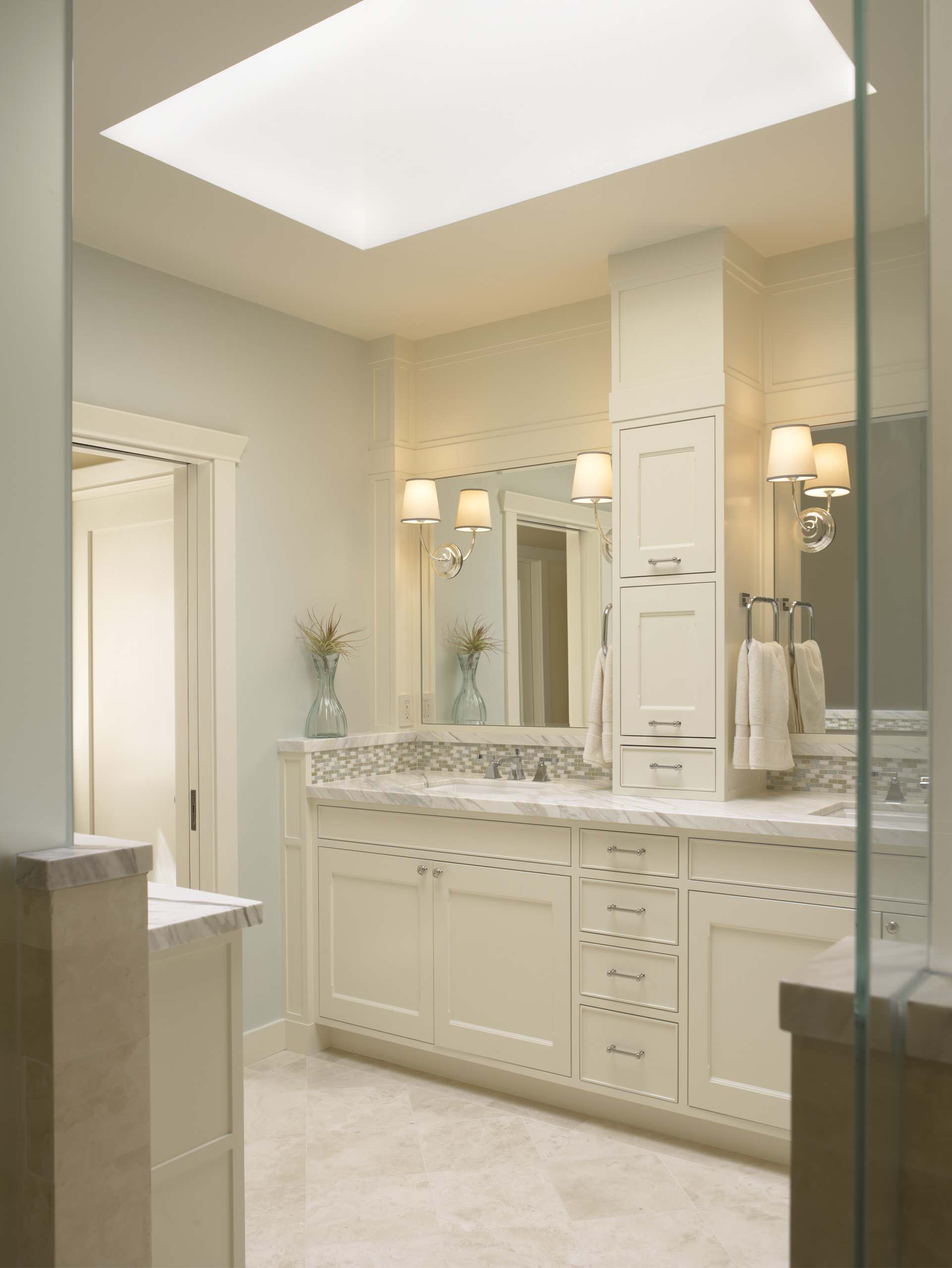




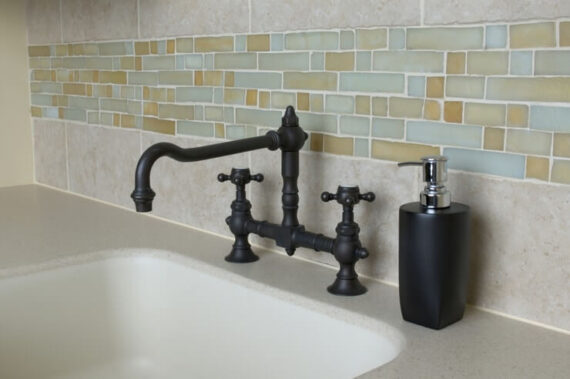
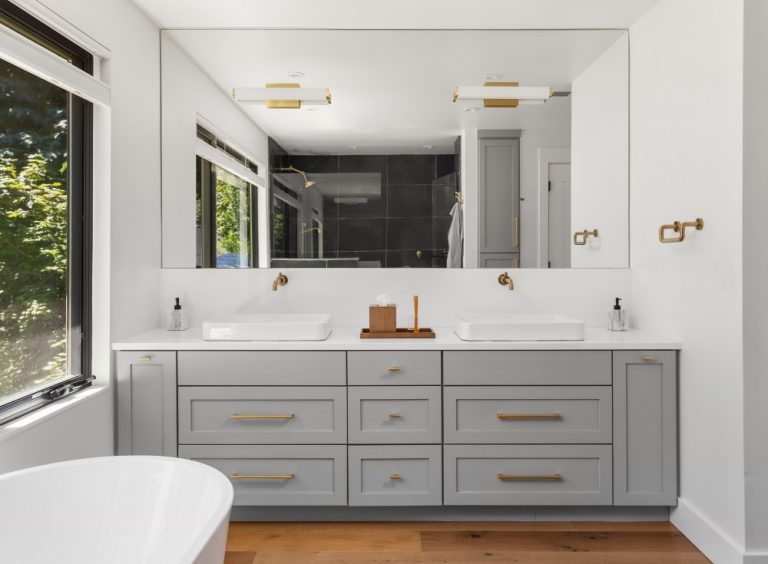

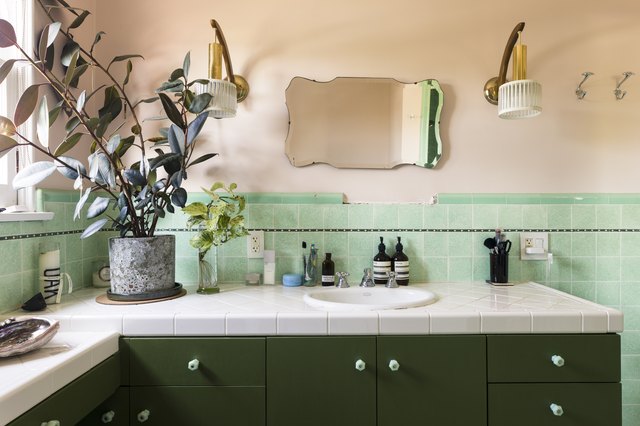

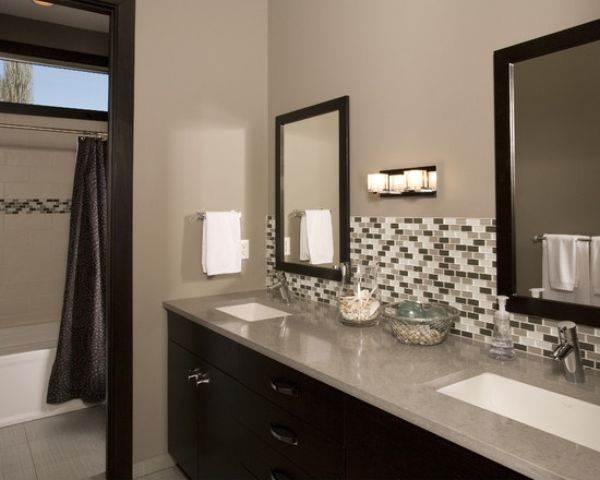










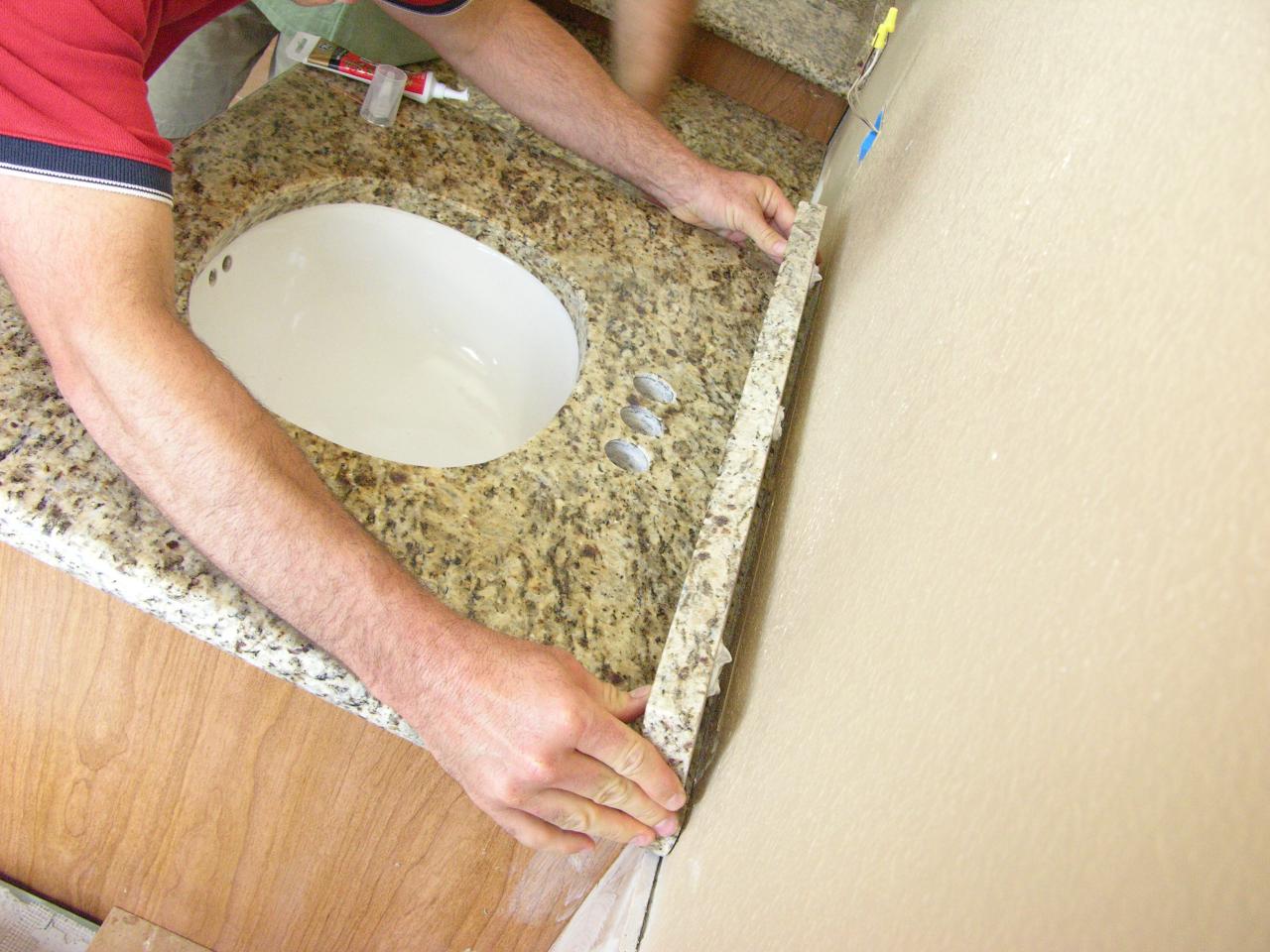



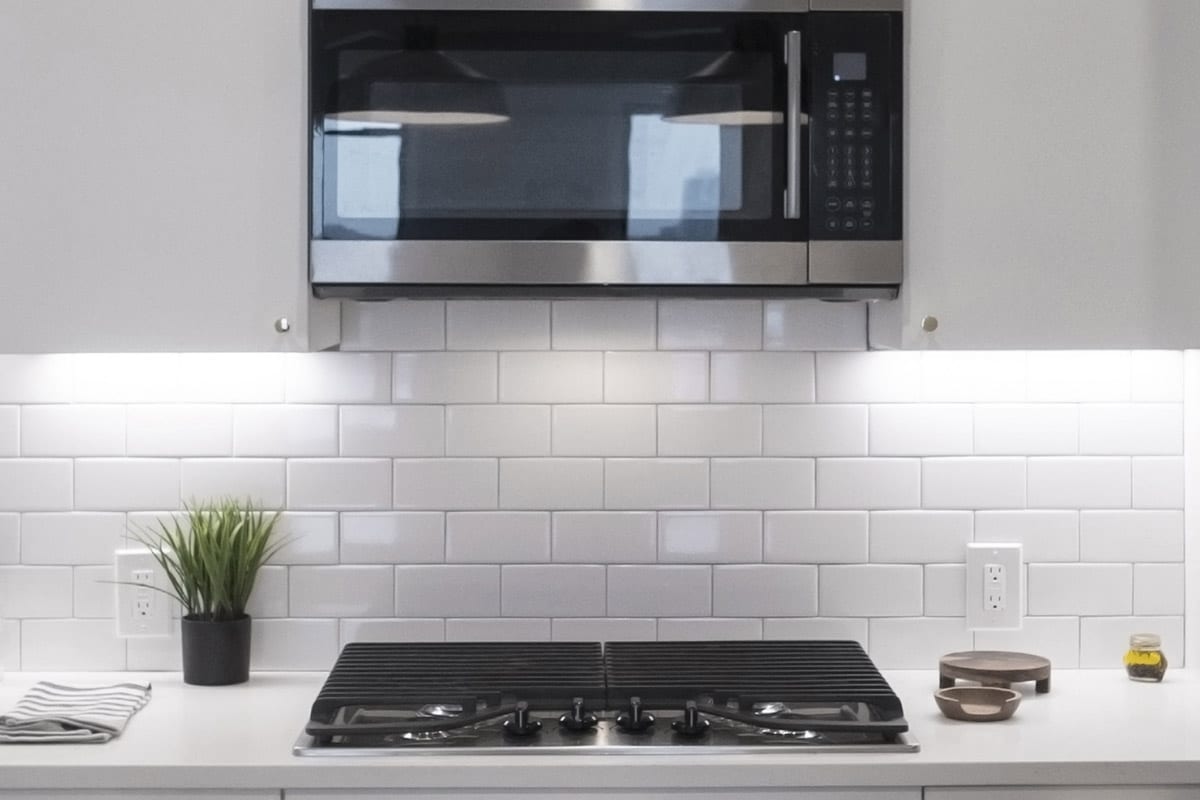









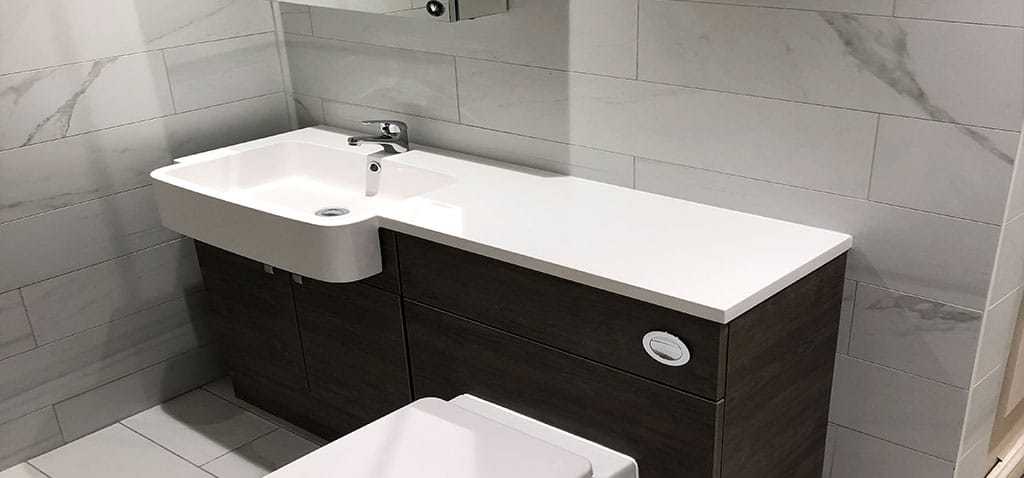
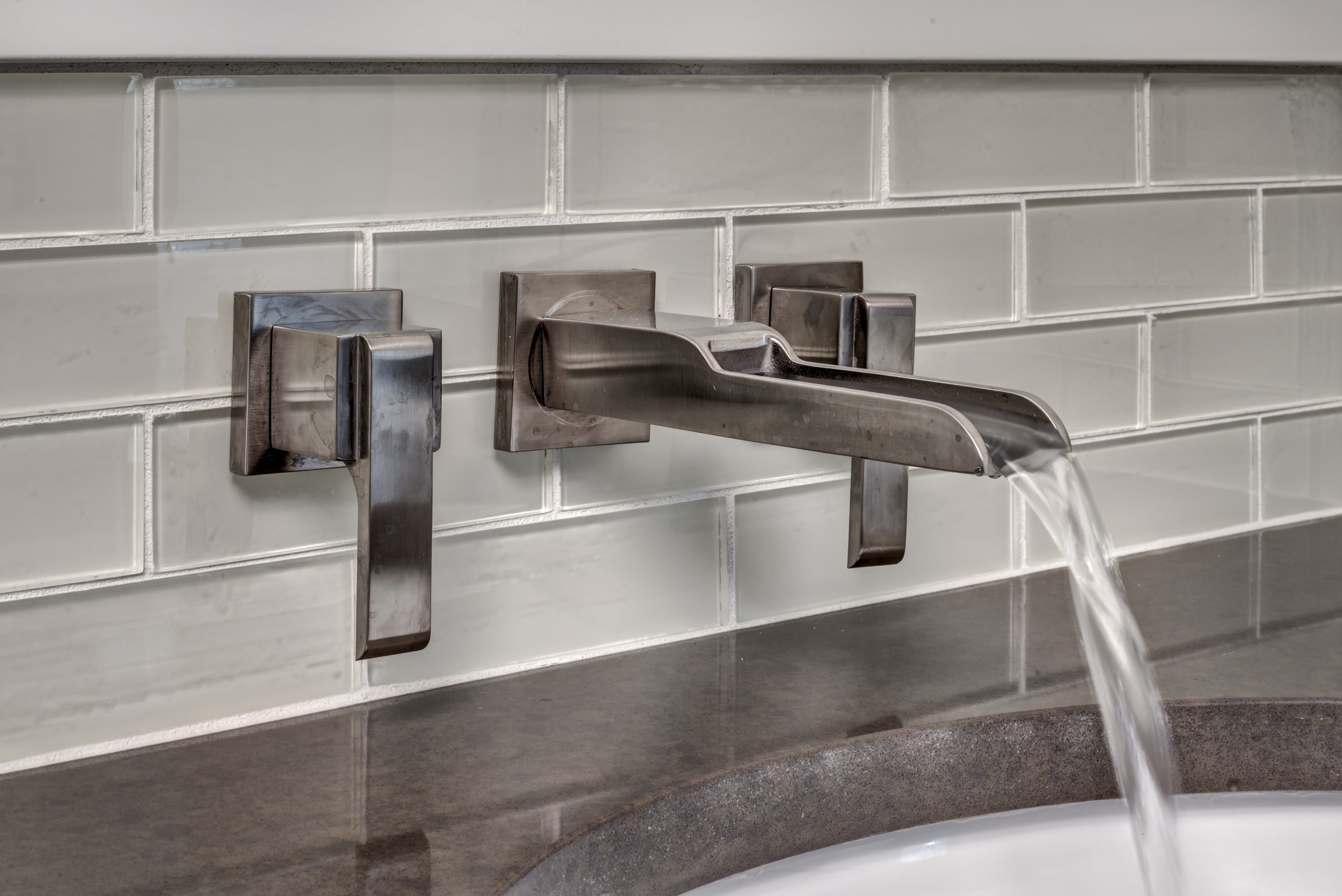


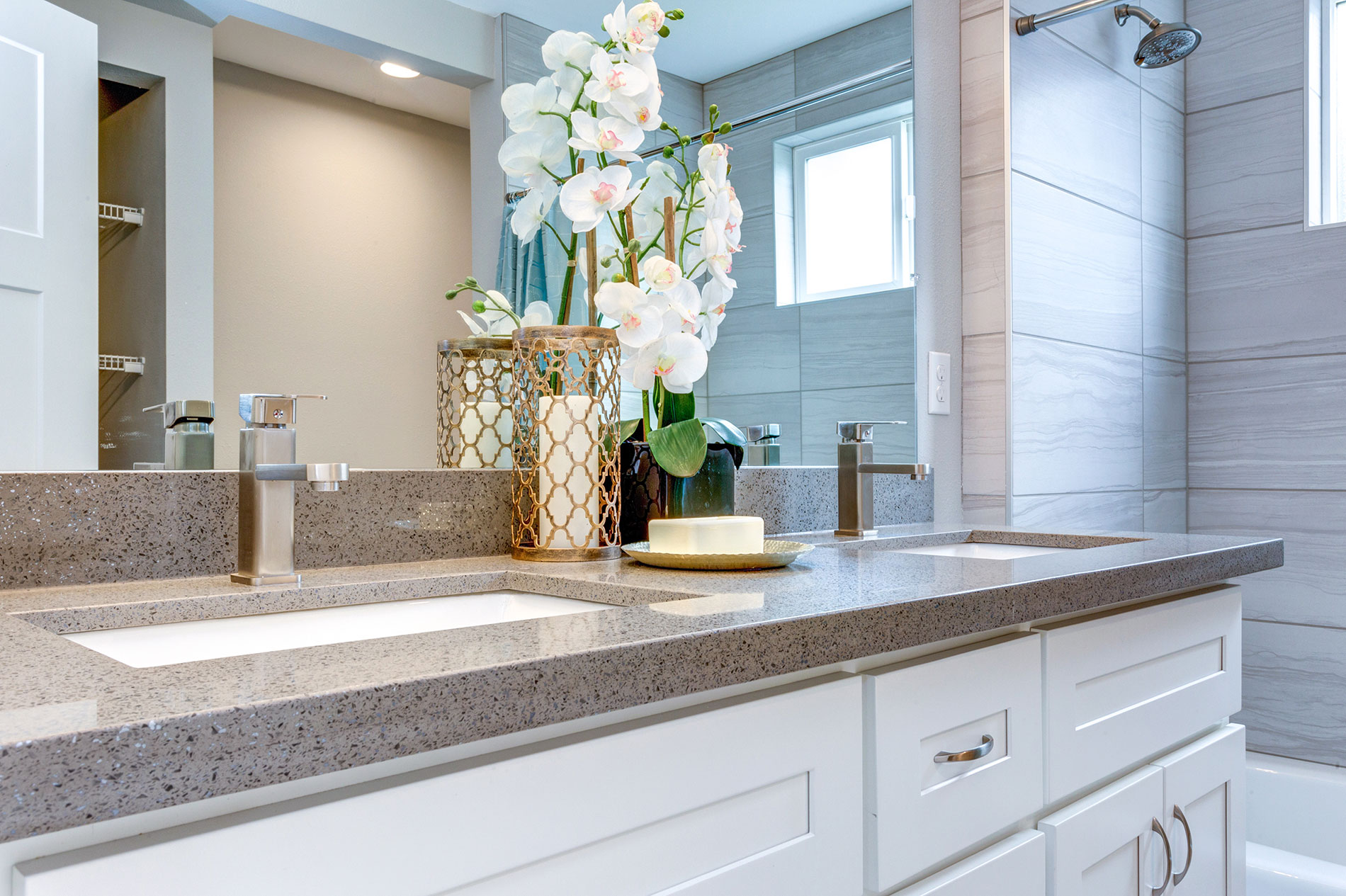
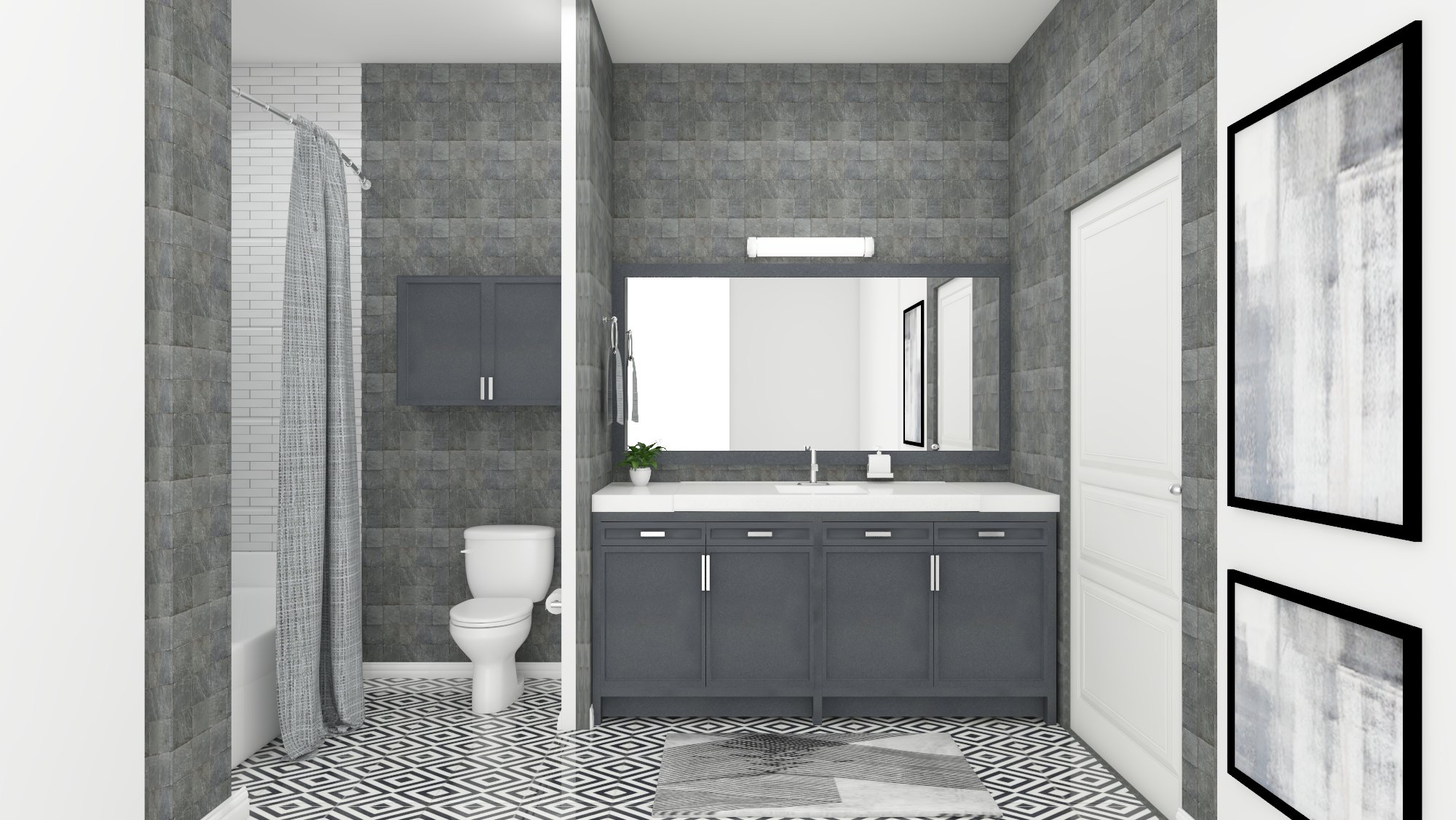



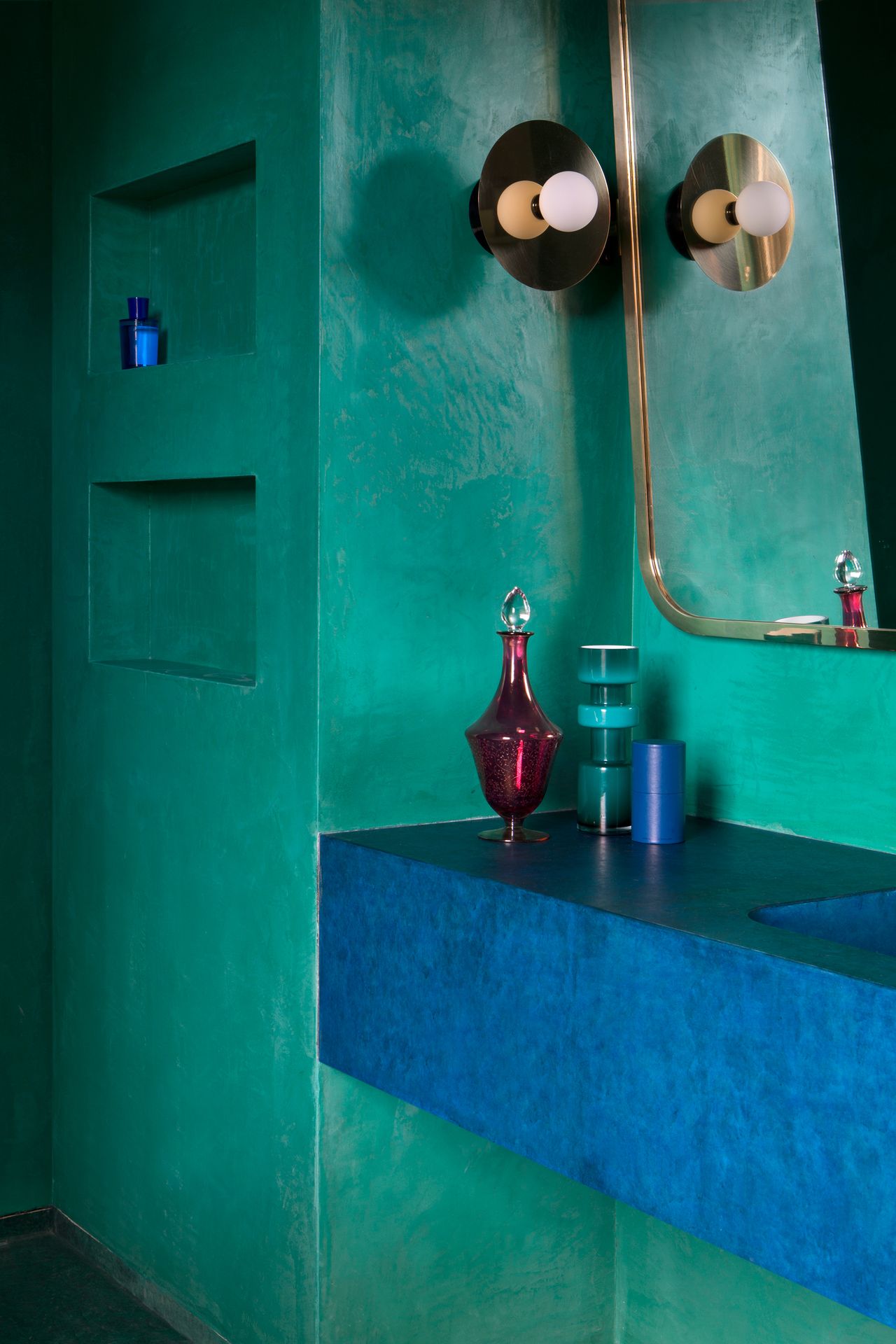
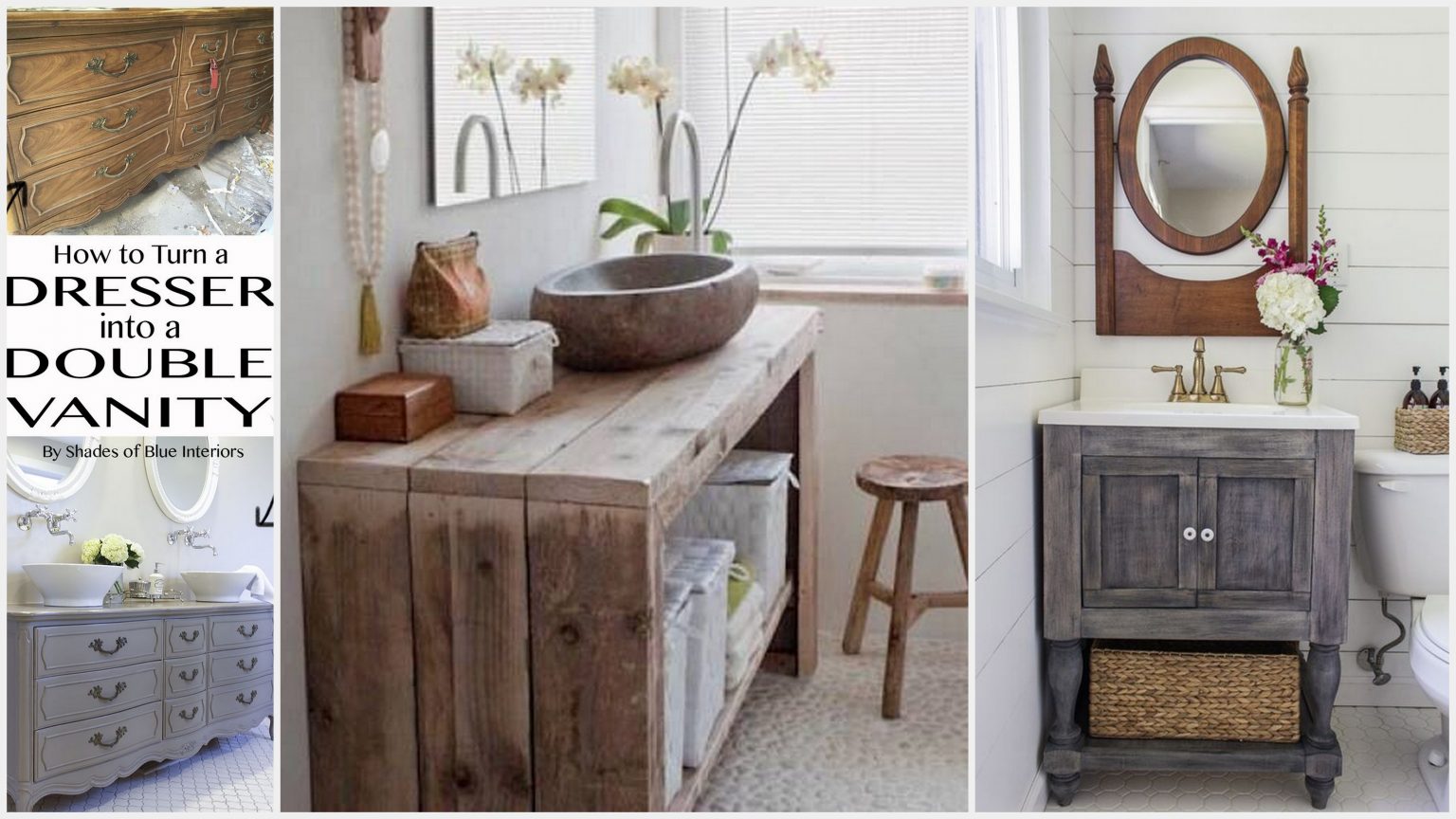


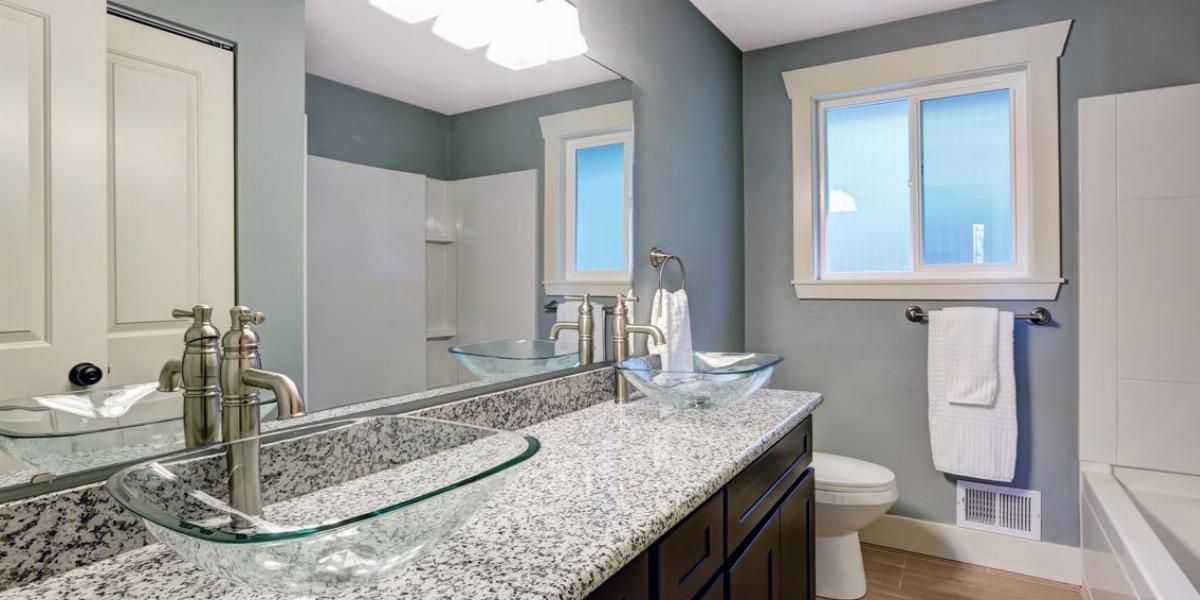
:max_bytes(150000):strip_icc()/diy-vs-professional-bathroom-remodeling-1821243-hero-37c289e8302a4d0586cedb55d96ebe8a.jpg)

